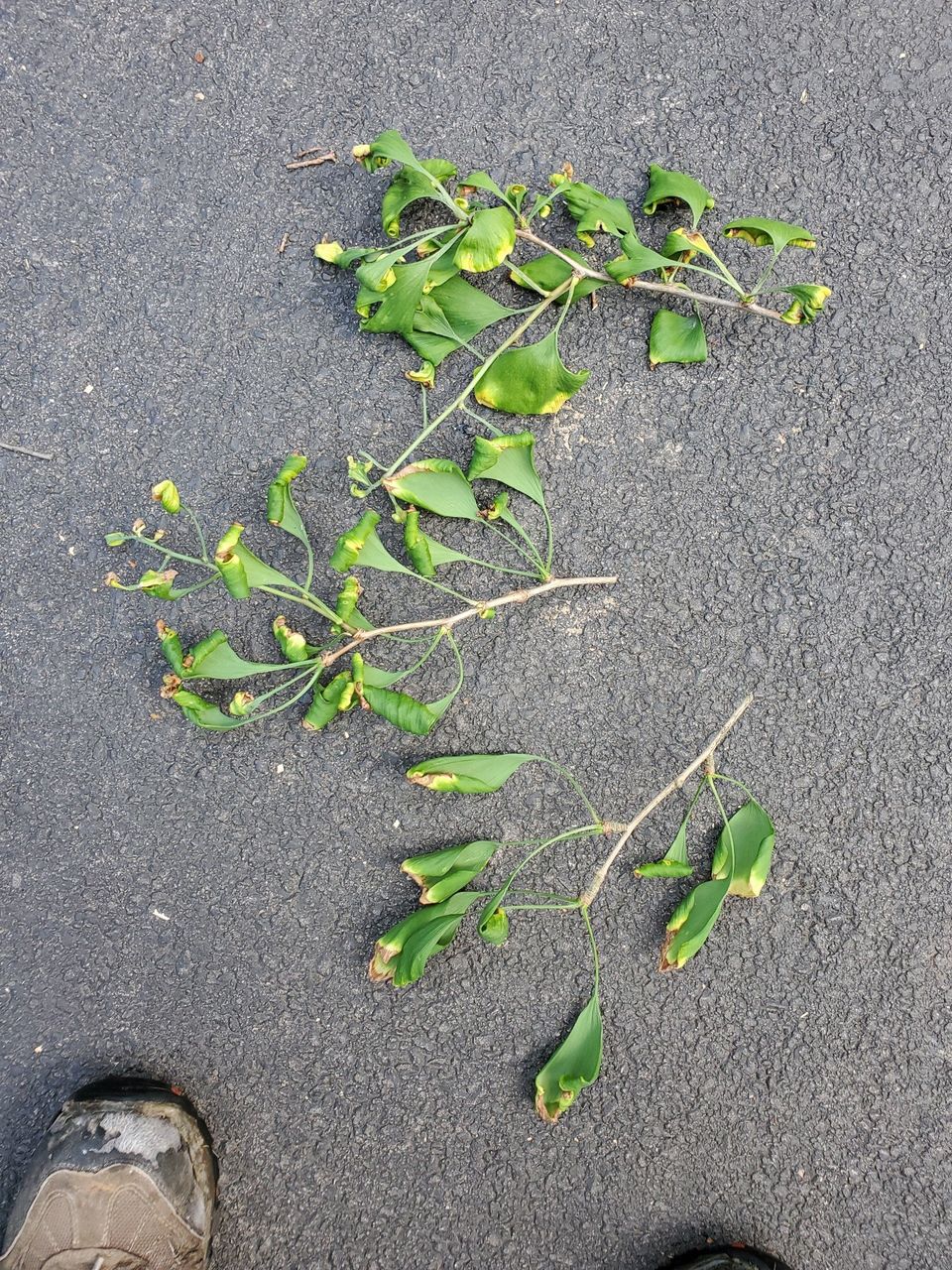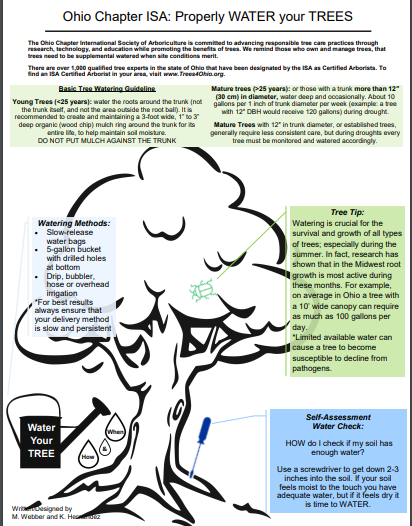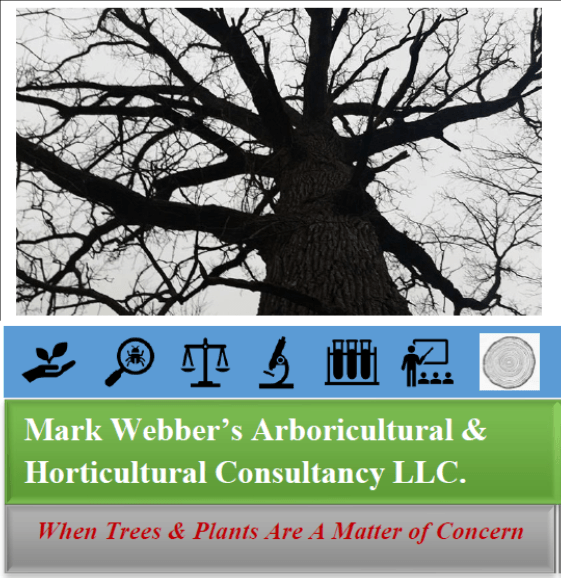In the growing season of 2020, I have witnessed an increasing frequency of trees being injured and damaged by the improper applications of pesticides targeting weeds in lawns. For the most part, these pesticides are herbicides that are commonly known as synthetic auxin herbicides are being used on residential and commercial properties. Trees and plants damaged by these pesticides often have these symptoms:
Twisted leaves
Downward cupping on leaves
Narrow, strap-like leaves on the youngest growth
Synthetic auxin herbicides are products commonly known as 2,4-D, Dicamba, Weed Be Gone, and others. These materials are manufactured to mimic naturally occurring plant hormones. There are five types of hormones in plants that include auxins. Plant hormones are triggering devices in plants. Plant hormones are triggering mechanisms that cause growth, leaf drop/formation, root expansion, flower bud formation, and other plant processes. In the case of herbicides that contain synthetic auxins, they mimic naturally occurring auxins that result in uncontrolled cell division. The uncontrolled cell division causes plants like broadleaf weeds and or trees certain death or severe damage.
Many cases, the herbicides with synthetic auxins are indiscriminate broadleaf plant killers, especially if your tree has roots growing under your grassy lawn. Research has shown that trees have a massive root system that extends well beyond the tree's outer branches stretches over your yard. The root system of the trees in your lawn is made up of a vast network of the large, medium, and hair sized roots that are directly under the grass and weeds.
Tree roots are not covered by bark, but are covered by the epidermis and have a multitude of root hairs. The roots of trees readily absorb water, nutrients, and pesticides. Roots of trees are not structured internally on a cellular level to filter out, so to speak harmful substances like herbicides containing synthetic auxins.
So, even though you can't see any roots above your lawn from your trees, they are beneath your feet. The roots of your trees are just under the grass and the weeds. The roots of trees below the turf and weeds will readily absorb what's applied to the above-ground landscape.
The majority of herbicides containing synthetic auxins forewarn users not to apply these products were tree roots exist. The label of these products is the legal requirements on how the product is to be used. The label of any pesticides is the law. If the applicator fails to follow the label, then that person is guilty of breaking the law.
However, these label warnings are often ignored when the label states, "do not apply where tree roots exist." The failure to follow the labeling law results in damage, decline, and, in some cases, the death of trees. Herbicide injured trees can be killed and, in other cases, are more susceptible to diseases and insects and future decline.
The bottom line is don't use herbicides that forewarn you not use them near trees and their root systems. If do you suspect that your trees have been exposed to herbicides, you should contact a qualified arborist for an inspection to investigate if your trees have been exposed to pesticides.



